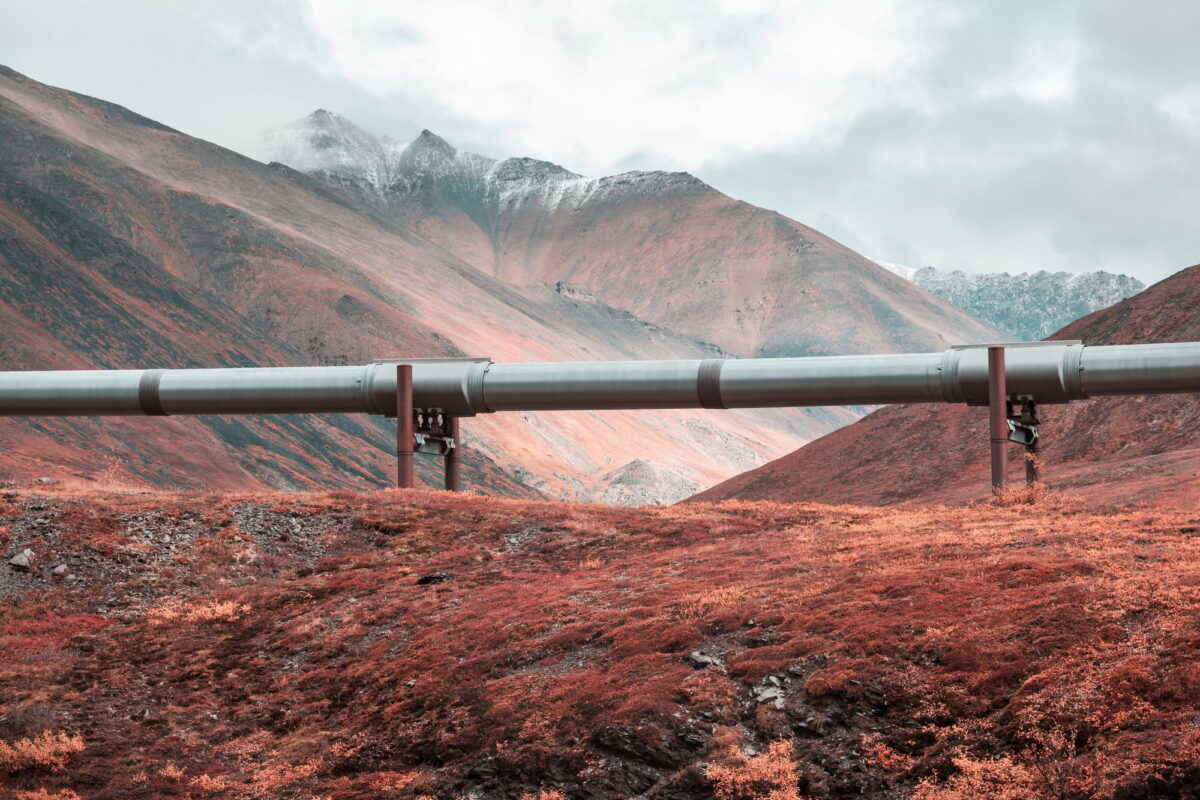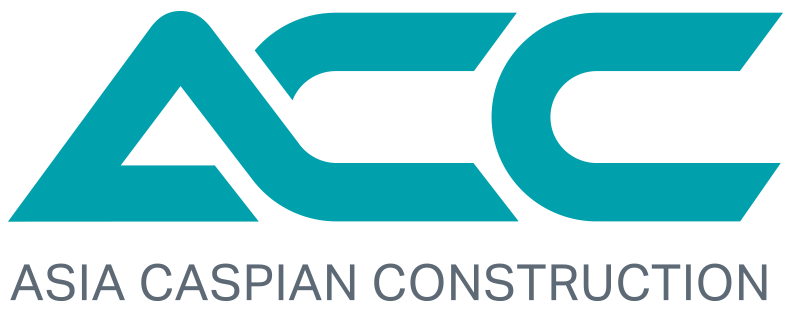Main gas pipelines play a key role in the energy supply of countries by transporting natural gas over long distances from production sites to consumers. Their construction is a complex and multi-stage process that includes design, infrastructure preparation, pipeline installation and commissioning.
In this article we will review the main stages of main gas pipeline construction, modern technologies, key challenges and industry prospects.
1. Preparatory stage: planning and design
Before construction begins, a thorough analysis of the future route must be conducted including terrain features, climatic conditions and possible environmental impact. The main tasks of this stage include:
1.1 Geological exploration works
- Assessment of soil composition, ground structure and tectonic features.
- Identification of possible seismic activity zones.
- Study of water obstacles and marshy areas.
1.2 Environmental assessment
- Analysis of potential impact on ecosystems.
- Development of measures to minimize environmental damage.
- Compliance with environmental legislation.
1.3 Development of technical documentation
- Creation of design drawings and 3D models of the gas pipeline.
- Selection of the optimal route considering natural and man-made factors.
- Determination of compressor station locations and auxiliary infrastructure.
2. Route and infrastructure preparation
After the design phase, the site where the main gas pipeline will pass is prepared.
2.1 Route marking and clearing
- Removal of vegetation, removal of soil and leveling of the area.
- Demining (if the section is located in a potentially hazardous zone).
- Creation of temporary roads and access routes.
2.2 Preparation of compressor station sites
Compressor stations are necessary to maintain gas pressure in the pipeline. Their placement takes into account the length of the route and topographic features.
3. Pipeline laying and installation
Construction of a main gas pipeline includes laying large-diameter steel or polyethylene pipes. This stage is the main and most labor-intensive.
3.1 Pipe manufacturing and delivery
- Steel pipes with anti-corrosion coating or composite materials are used.
- Delivery is carried out by road, rail or water transport.
3.2 Welding and pipe insulation
- Automatic and manual welding with ultrasonic weld inspection is applied.
- Pipes are coated with anti-corrosion compounds and thermal insulation materials.
3.3 Pipeline laying methods
There are three main methods of pipeline installation:
- Overground method – pipes are laid on supports, used mainly in mountainous areas.
- Underground method – trenches 1.5–2 meters deep, the most common option.
- Subaqueous method – used when crossing rivers, lakes and other bodies of water.
3.4 Trench backfilling and soil reclamation
After pipeline installation, trenches are backfilled and the area is restored to its original condition. Compliance with environmental requirements is essential, especially in protected natural areas.
4. Construction of compressor stations and key facilities
Compressor stations are an important part of gas transportation infrastructure. They maintain the necessary gas pressure, ensuring uninterrupted supply.
4.1 Functions of compressor stations
- Increasing gas pressure for long-distance transportation.
- Cleaning gas from impurities and condensate.
- Monitoring flow parameters and safety.
4.2 Modern technologies of compressor stations
- Use of turbo compressors based on gas turbines.
- Implementation of automated control systems (SCADA).
- Application of heat recovery and reuse systems.
5. Testing, commissioning and operation
Before putting the pipeline into operation, a series of tests must be carried out.
5.1 Hydrotesting and tightness check
- Passing water under pressure to detect defects.
- Leak detection using gas analyzers and sensors.
5.2 Pipeline cleaning and drying
- Removal of construction debris and moisture.
- Cleaning with compressed air or pigging devices.
5.3 Trial gas supply and test operation
After successful testing, gas is gradually introduced while monitoring all system parameters.
6. Modern technologies and prospects for pipeline construction
6.1 Digitalization and automation
- Use of IoT (Internet of Things) for pipeline condition monitoring.
- Deployment of unmanned aerial vehicles (drones) for inspections.
- Artificial Intelligence (AI) for predicting emergency situations.
6.2 Environmental innovations
- Use of hydrogen blended with natural gas (H₂-ready technologies).
- Development of carbon-neutral pipelines with minimal CO₂ emissions.
- Use of biogas and synthetic methane as alternative energy sources.
6.3 Development of underwater and Arctic routes
As traditional fields are depleted, gas companies are developing new regions:
- Underwater pipelines (e.g., Nord Stream, TurkStream).
- Arctic projects adapted to harsh climatic conditions.
Construction of a main gas pipeline is a complex process requiring thorough preparation, modern technologies, and strict compliance with environmental standards. In the context of the global transition to low-carbon energy, the industry is moving towards digitalization, environmental sustainability, and increased reliability of gas transportation.
With the implementation of new technologies such as hydrogen blends, IoT, and artificial intelligence, main gas pipelines remain a key element of global energy infrastructure, providing millions of people and businesses with a reliable source of energy.


